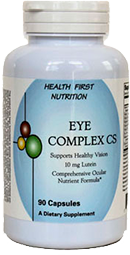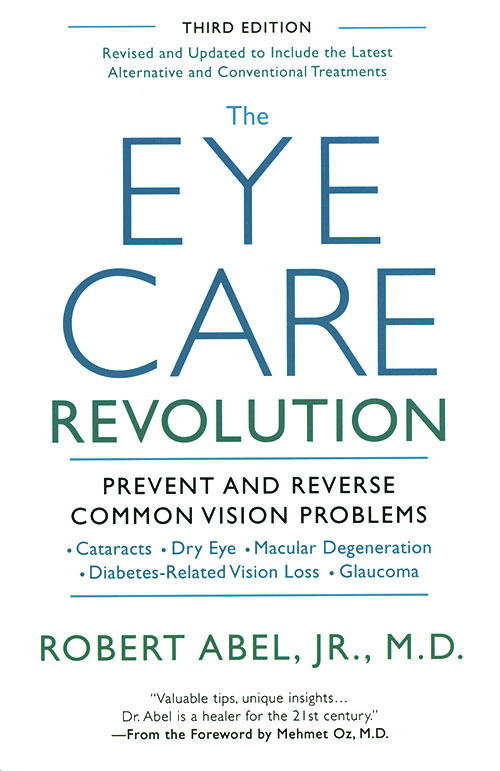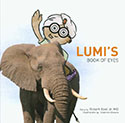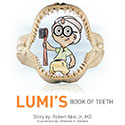Preservatives in Your Eye Drops
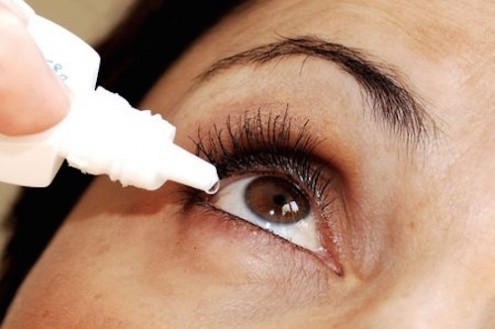
As you might expect, multi-use eye drops must contain a preservative in order to avoid contamination. The most common preservative benzalkonium chloride (Bak) has been around for over 50 years and is in most of our eye drops. In low concentrations it stops bacteria from multiplying, while in higher concentrations it kills them.
However, what is toxic to bacteria is also harmful to our sensitive ocular tissues. The more frequently drops are administered – such as for conditions like glaucoma, dry eye, allergy and conjunctivitis, the more likely the conjunctiva and cornea can become irritated. Human tears are made in the conjunctival goblet cells, the lachrymal glands and the oil glands in the eyelid. Alteration of these components creates an unstable tear film. This means that breaking up of the external lubricating surface can actually reduce vision.
So if you notice increased burning, stinging, dryness, grittiness, redness and even tearing, consider that it may be related to your long-term use of eye drops. Check the label to see if they are preserved with bak. Preservative free artificial tears are available over the counter for dry eye patients. Be a medical detective and inform your doctor.
Glaucoma is one of the recognized areas in which preservative toxicity occurs – perhaps as much as 40% of patients. Fortunately, there are three eye drops which offer preservative options: Travatan Z, Alphagan P and Timoptic in Occudose form. Glaucoma patients can also be evaluated for an argon laser procedure to reduce the need for medication.

